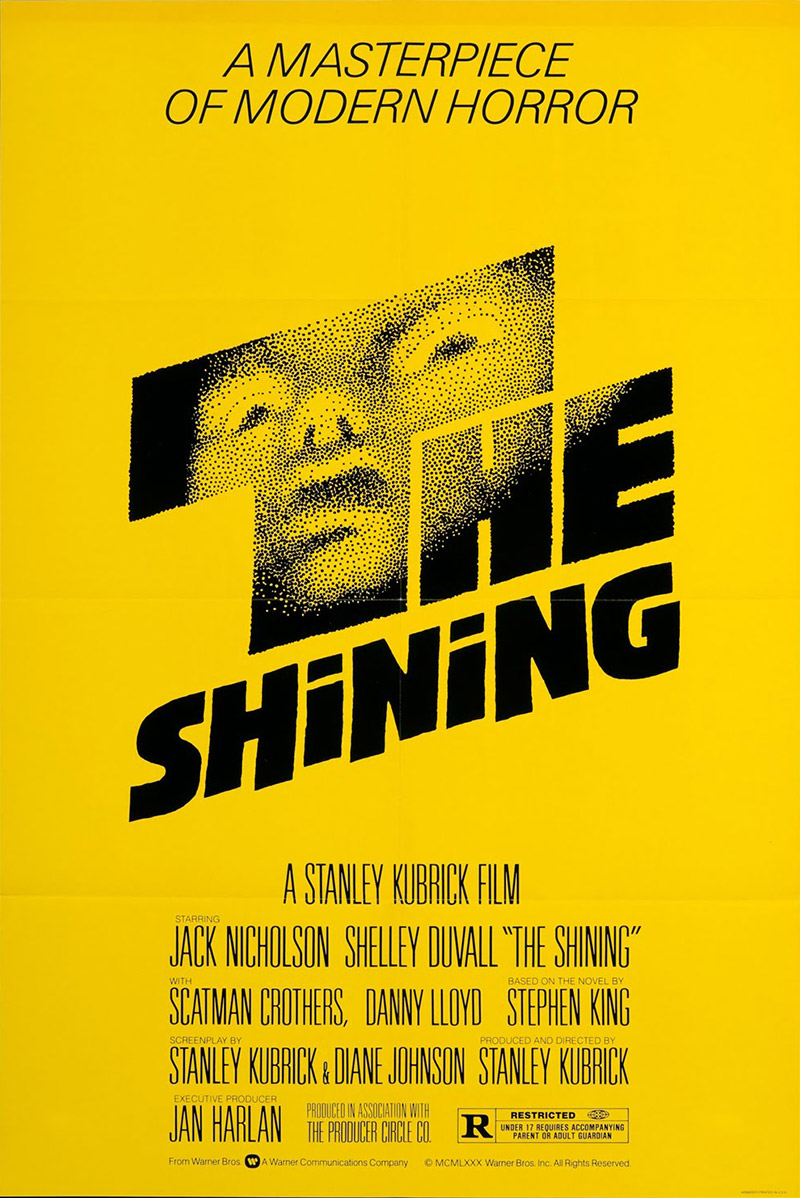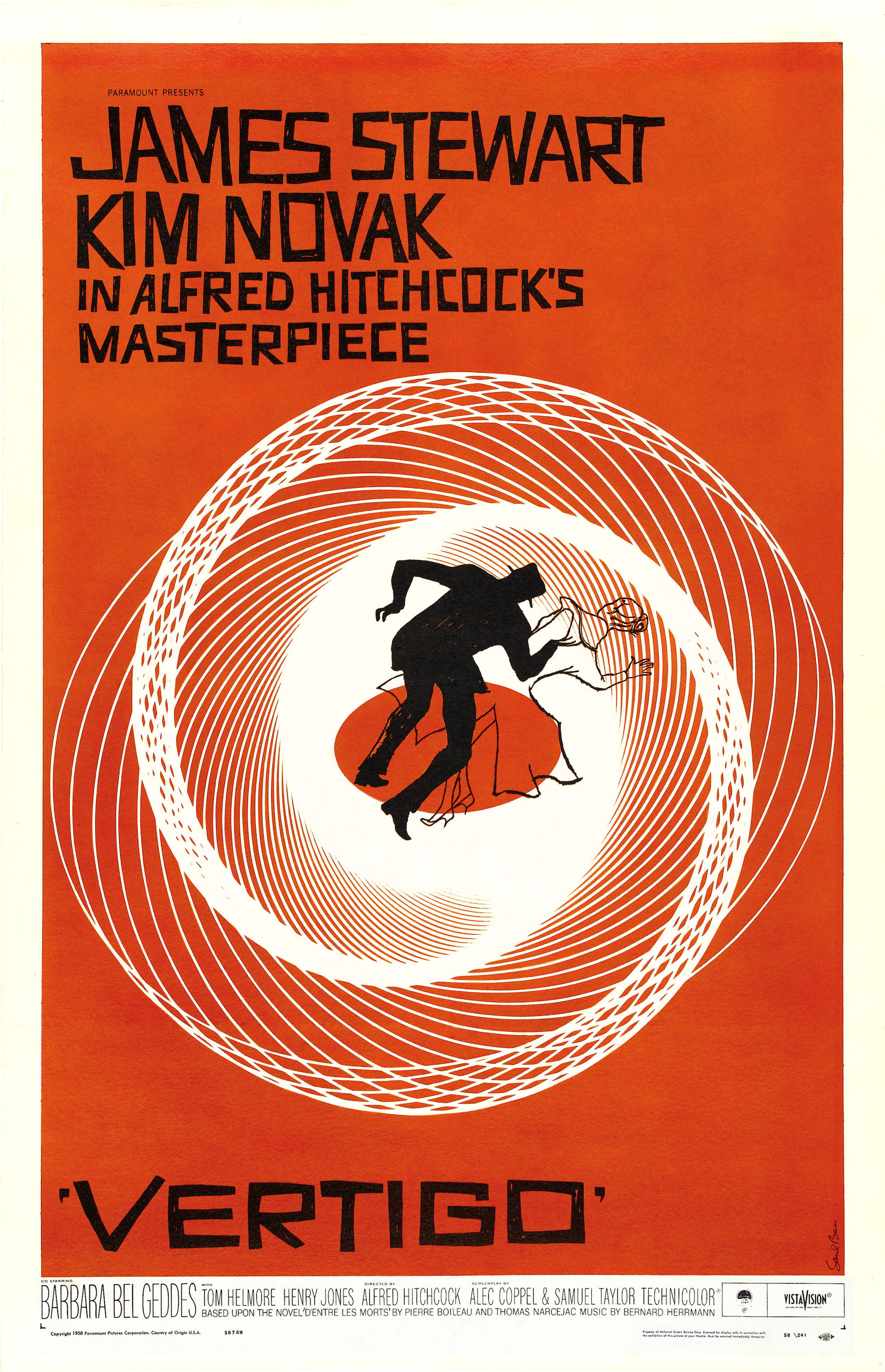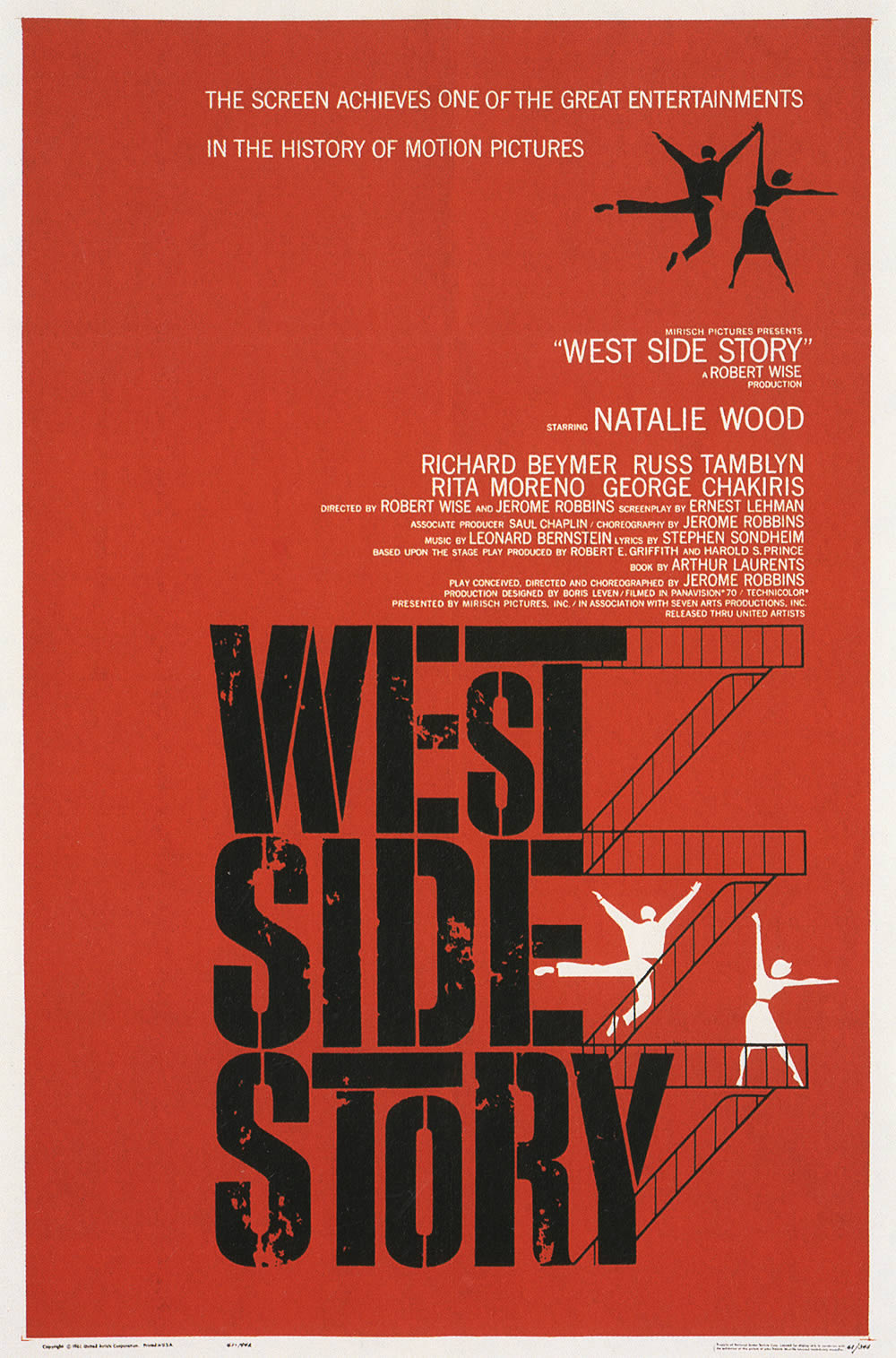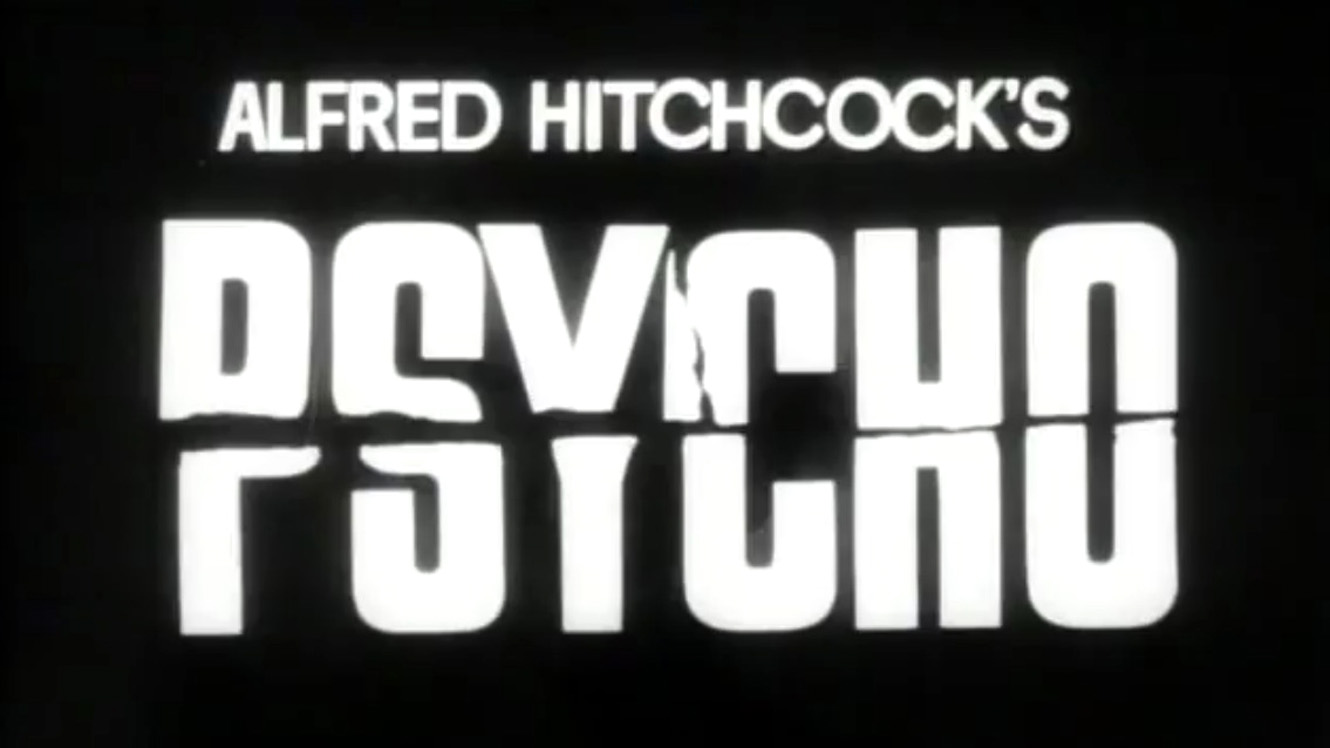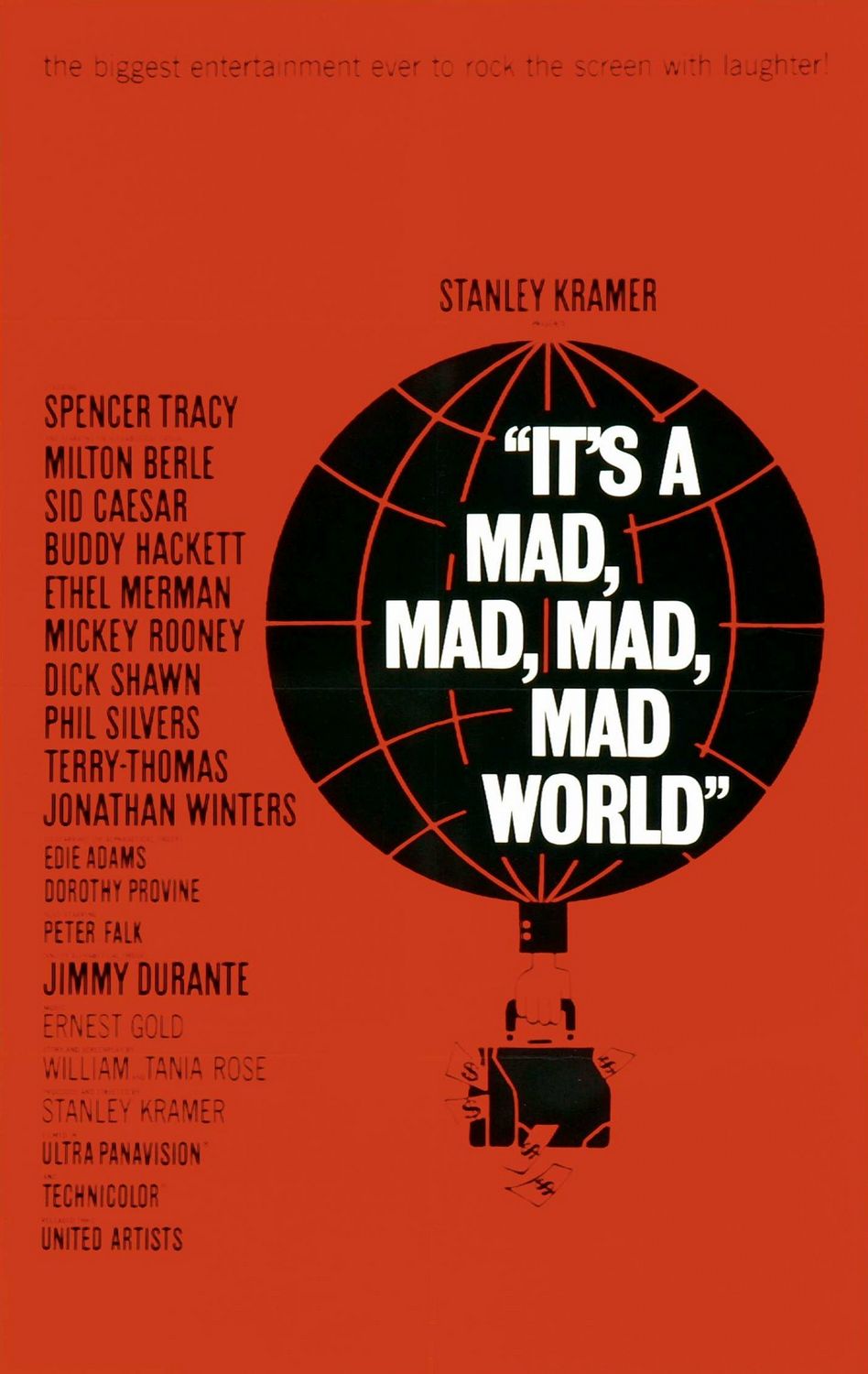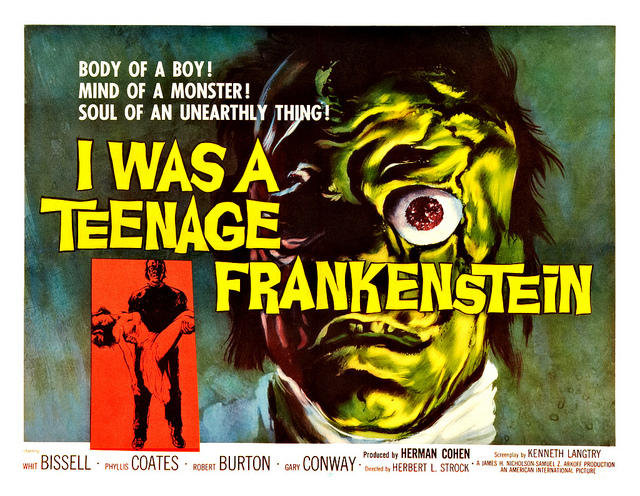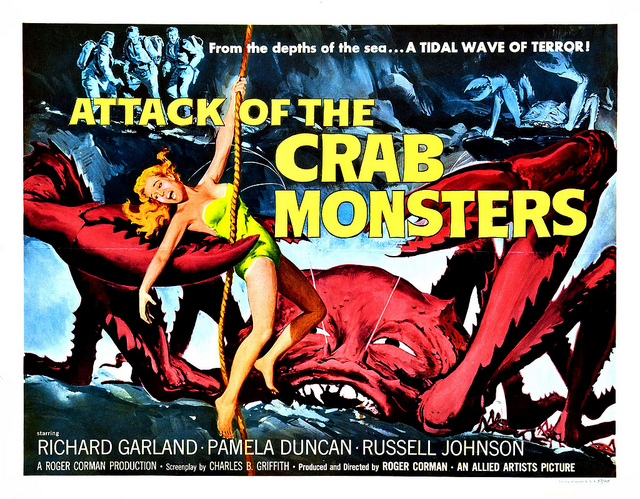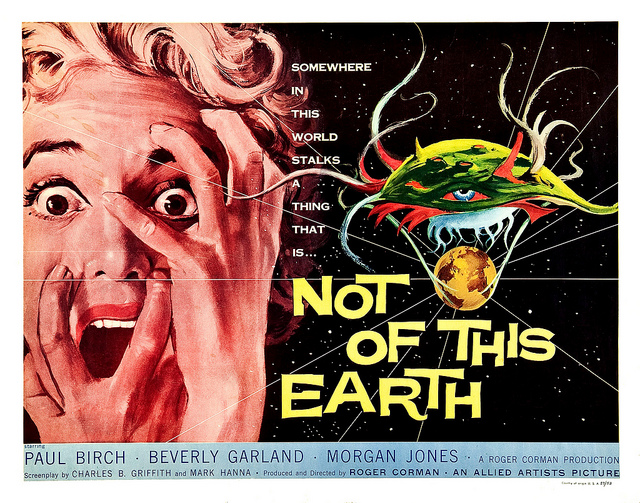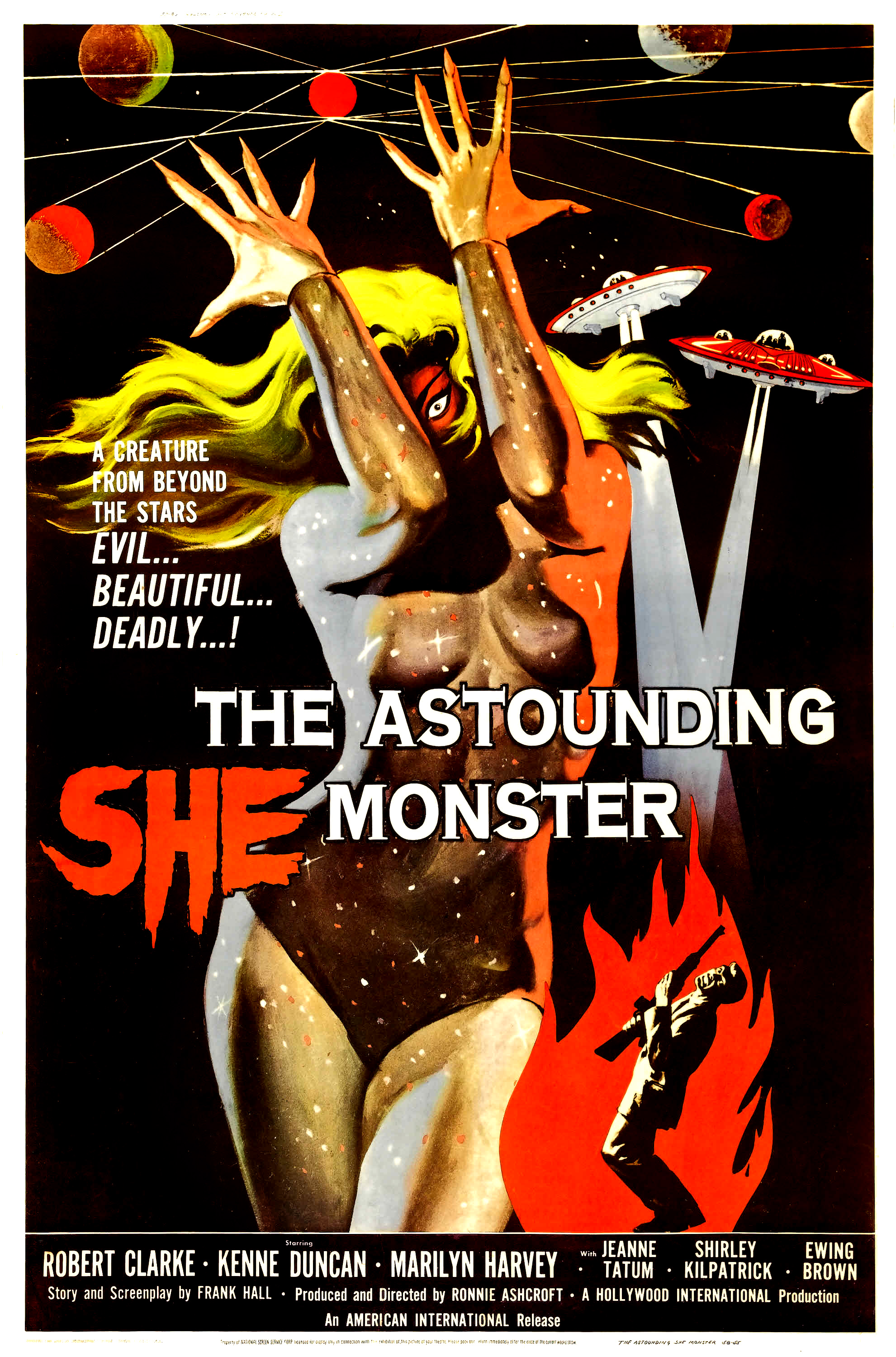In addition to being nominated as one of Print Magazine's 15 under 30 creatives, I was also interviewed for the following feature about my Judy Garland film title project.
For creatives who spend their day jobs designing and crafting for clients, the after-hours struggle to develop fulfilling personal projects is very real. Raphael Geroni, a New York City–based designer with Louise Fili Ltd., understands this all too well.
That’s why he used The Judy Garland Film Title Project to turn his passion for classic films into an initiative celebrating his favorite actress. Drawing inspiration from the original titles and promotional ephemera from Garland’s films, Geroni designed and lettered retro title cards using historical typography, deep research and Art Deco style to inform his black and-white pieces.
“I wanted to develop a project that I was passionate about, that involved my personal interests and that I could share with fans of Garland, historical typography and Hollywood history,” Geroni says. “I thought a great deal about how special title designs are to fans, and about their increased importance because they literally flash before your eyes. Before home video and the internet, the titles could only exist for fans in the form of their memories, and revisiting long out-of-print films could be incredibly difficult.”
Geroni wanted to pay homage to this by documenting and presenting a cohesive visual representation of Garland’s filmography on his website (www.raphaelgeroni.com), beginning with her most popular movies, and later working chronologically.
While the 34-title project progressed three title cards at a time, Geroni’s appreciation for Garland’s talents began as a child when he became enchanted with The Wizard of Oz.
“It was the coolest thing I’d ever seen. I was enamored with the artfulness of that movie,” he says, noting that it wasn’t until much later that he discovered the full extent of Garland’s career.
“A Star is Born is my all-time favorite movie and one of the greatest films ever made, even though it was snubbed during awards season. Another one of my favorites is The Pirate, although it’s not widely loved because it was intentionally campy before camp was cool.”
Geroni’s love for Garland successfully translates to the project. In addition to ensuring the pieces matched the 4:3 aspect ratio of the majority of the films, Geroni wrote detailed blog posts about each film and title card and snuck in visual Easter eggs for other movie buff s to appreciate.
“The typeface I used for the captions under each card is set in a font called Meyer Two—an intentional misspelling of [film producer] Louis B. Mayer’s last name—which was one of five fonts that Linotype cut to Mayer’s personal specifications to be used at MGM in their film titles and silent film subtitles. It was drawn in 1926 and digitally revived by David Berlow in 1994.” The completed project is printed on metallic stock at the one-sheet poster size of 27-by-41 inches, enhancing its filmic quality. Geroni says the ultimate goal of the production is to “remind you of a vintage silver gelatin portrait you might have received after writing to your favorite MGM star.”
The poster is currently available for purchase here.






